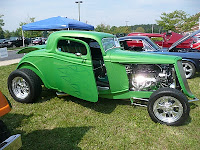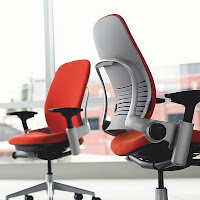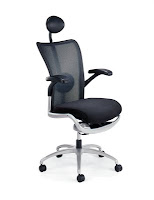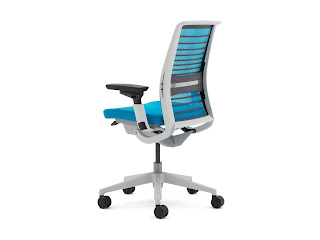When considering if a software business is successful, I start with revenue per employee. Revenue per employee tells you the capacity of the company and shows how much "headroom" they have to motivate employees, grow the business, or innovate the product.
Tracking profit per employee might seem to make more sense, however, profit is only what's left over after expenses and I want to know how much the company can spend on expenses.
If a company makes $10M per year and has 100 employees its revenue per employee is $100k. That may seem pretty good until you realize that there is overhead to keeping the business going - operating costs, employee benefits, cost of goods, etc. With only 100 employees perhaps your overhead rate is only 50% of the labor cost. This means $33k of the $100k is overhead, leaving $67k as the average salary.
That's a pretty sustainable business in the software world, but doesn't allow much room to get creative. You may not be able to hire the best, or kick off a new product development effort, or buy
lunch for everyone every day in order to build a tight team.

A better goal for a software company is $200k/employee. With revenue approaching $200k per employee there are many more options open to you. Lunch everyday is a no brainer. Hiring the best is within reach. There is room to try something new and fail. You also have the ability to build up cash reserves in case the economy or your market takes a bad turn.
Minitab, maker of statisics software, brings in $196k per employee and as a result has built a 35 person movie theater, real putting green, gym, and pool for employees to enjoy. They have a top notch facility and have been rated one of the
best places to work. They can hire for specialized positions like build engineer and installation tester. With those resources, quality can dramatically improve, driving a great reputation and customer loyalty, all of which feeds back into revenue.
Overhead expenses can vary widely between industries, so comparisons should be within a particular industry. As companies grow their overhead per employee tends to go up and so their revenue per employee must be higher. This provides an advantage to a smaller company that can sell at a lower cost than "the big boys" and still pay it's employees well.
I stumbled across an interesting statistic today on
Hoovers: "The packaged software industry is capital-intensive and highly automated, with average annual revenue per worker surpassing $400,000. The custom programming industry is labor-intensive: with average annual revenue per worker of about $115,000."
Give me a product company over a services company any day.
What's your revenue per employee?















